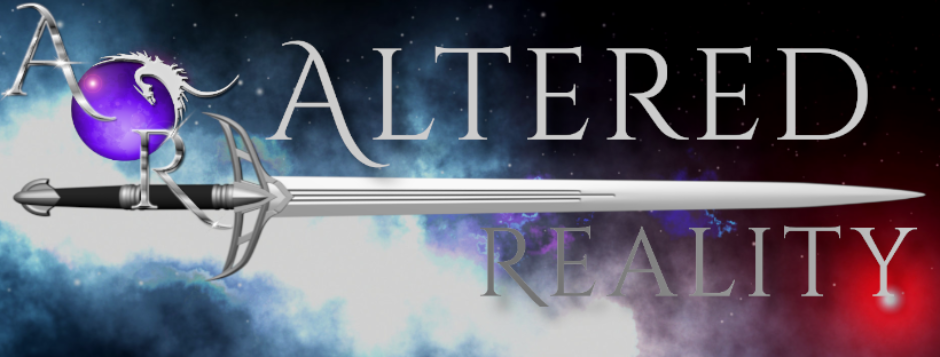The James Webb Space Telescope successfully manages orbital insertion into the Earth-Sun Langrange Point, L2, at 2:05 pm EST on January 24, 2022.
Sensitive instruments will be able to obtain infrared images of giant planets.
—NASA/Science: Other Worlds
Just this week, a peek through a window
into the past, into our early universe:
the image of a very young galaxy, thirteen
point five billion years ago, at the edge
of creation. Echoes
from the Big Bang pervade the night sky
—the cosmic background radiation—
high energy light stretched into invisibility,
into the microwave after having traveled
at the speed of light for 13.8 billion years.
If we could see that “color,” the night sky
would blaze with light, and the twinkling
of a hundred billion galaxies.
What habitable worlds will it find? Certainly
ones with oceans. Hot jupiters. Their orbits,
close-in to their dim red suns, tidally locked
showing only one face to the hot light,
the other to the cold dark. On the surface
solar radiation would penetrate astronaut
flesh, damage DNA: free radicals running
rampant, mutations inevitable, if not
complete cell death.
Fortunately, there’ll be no micrometeors
to puncture suits there, only in outerspace
where their blood would boil in the perfect
vacuum then sublime to frozen remains
in just three degrees above absolute zero.
But on that giant planet, in its pole-to-pole
swath a thousand miles wide, a temperate
zone reminiscent of our own crescent moon’s
shadow-edge
that might be imagined with a colony
of survivors before the Earth would suffer
a cataclysmic collision, or other extinction
level event—even by our own hand.
What a shame
we aren’t better stewards of our own
ecology, our environment. At this pace,
more than our dreams will runaway.
There, in the intertidal zone, we’d build,
with cleverly adapted terrestrial tools,
cozy geodesic domes with ultraviolet
shields, then gaze at the twilight sky
tagged with many moons; marvel
at the stars we could see. We’ll strain
to find the tiny yellow sun’s system
from where we came, and dream
of cool April showers, while snuggled
on a wooden swing for two, our feet
slapping the creaking floor boards
as if in a dance under a thin tin roof
with a pelting rain swishing rhythm, its
percussive music drifting to the yellow
crocuses bursting through the rich soil
at garden’s edge; hummingbird feeders
spilling sweet sugarwater while swaying
in the breeze filled with petrichor;
and the robins singing
just before the rain.
 John C. Mannone, the 2020 Dwarf Stars Award winner and an HWA Scholarship recipient (2017), has poems appearing in North Dakota Quarterly, Blue Fifth Review, Poetry South, Baltimore Review, Pedestal, and others. He won the Impressions of Appalachia Creative Arts Contest in poetry (2020) and the Carol Oen Memorial Fiction Prize (2020). He was awarded a Jean Ritchie Fellowship (2017) in Appalachian literature and served as the celebrity judge for the National Federation of State Poetry Societies (2018). His full-length collections are Disabled Monsters (Linnet’s Wings Press, 2015), Flux Lines: The Intersection of Science, Love, and Poetry (Linnet’s Wings Press, 2022), Sacred Flute (Iris Press, 2023), and Song of the Mountains (Middle Creek Publishing, 2023). He edits poetry for Abyss & Apex and other journals. He’s an Assistant Professor of Physics and Chemistry, who also teaches Astronomy at Alice Lloyd College, as well as an invited Professor of Creative Writing [Poetry]. He lives in southeast Kentucky.
John C. Mannone, the 2020 Dwarf Stars Award winner and an HWA Scholarship recipient (2017), has poems appearing in North Dakota Quarterly, Blue Fifth Review, Poetry South, Baltimore Review, Pedestal, and others. He won the Impressions of Appalachia Creative Arts Contest in poetry (2020) and the Carol Oen Memorial Fiction Prize (2020). He was awarded a Jean Ritchie Fellowship (2017) in Appalachian literature and served as the celebrity judge for the National Federation of State Poetry Societies (2018). His full-length collections are Disabled Monsters (Linnet’s Wings Press, 2015), Flux Lines: The Intersection of Science, Love, and Poetry (Linnet’s Wings Press, 2022), Sacred Flute (Iris Press, 2023), and Song of the Mountains (Middle Creek Publishing, 2023). He edits poetry for Abyss & Apex and other journals. He’s an Assistant Professor of Physics and Chemistry, who also teaches Astronomy at Alice Lloyd College, as well as an invited Professor of Creative Writing [Poetry]. He lives in southeast Kentucky.
http://jcmannone.wordpress.com
https://www.facebook.com/jcmannone
![]()





